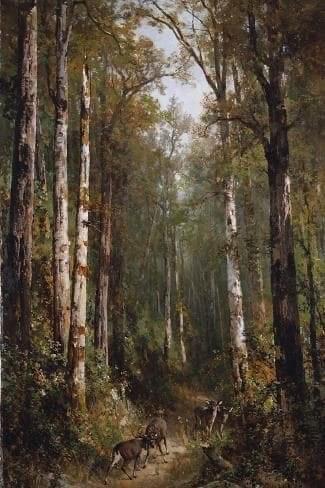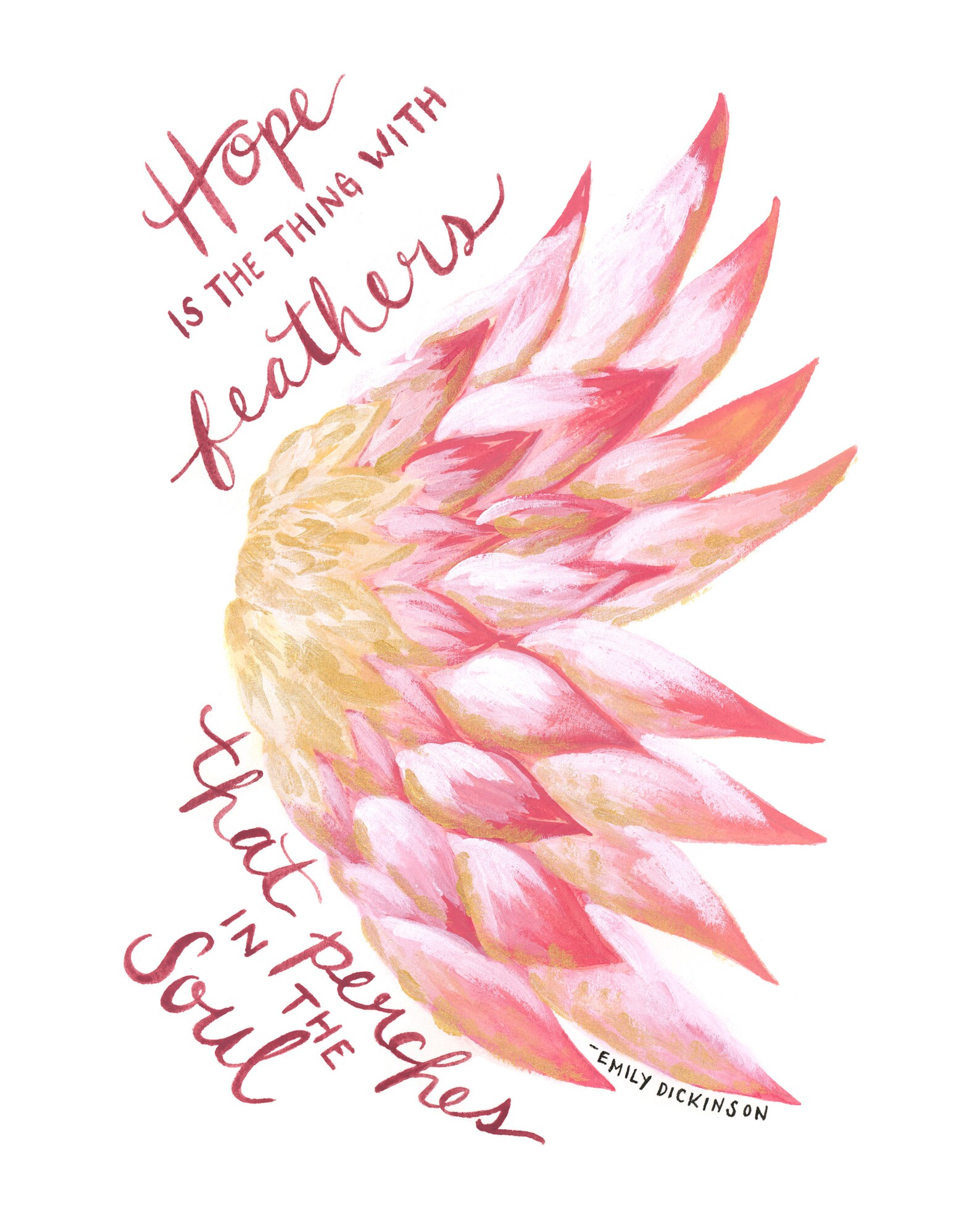


I work with a photo lab who works only with professional photographers and has superb quality. ***FRAME IS NOT INCLUDED, this is used here for display purposes only. *** Please use the drop down menu to the right of the photo to select the size and your choice of print or canvas. What you see here is a low resolution image created for my Etsy listing, your print will be high resolution, crisp, clear and beautiful.

It is printed on high quality, photographic paper with a soft luster finish. Inspiring quote with the background as a golden, textured, vintage style paper look and a classic font. Her words are soft, lilting and uplifting, something we all need. It was initially published posthumously in the second collection of Dickinson's work, Poems by Emily Dickinson, second series, in 1891. GradeSaver, 15 February 2022 Web.“'Hope' Is the Thing With Feathers” is believed to have been written in 1861.

"Hope is the Thing with Feathers Symbols, Allegory and Motifs". Next Section Slant Rhyme: An Overview Previous Section Stanza 3 Summary and Analysis Buy Study Guide How To Cite in MLA Format Melendez, John. In the text, hope is shown to be a selfless thing that only grows strong amidst difficulty, providing solace to those who need it most. As such, the "thing with feathers" in this poem represents hope, human endurance, and persistence during times of adversity. In this poem, Dickinson describes the concept of "hope" as being a bird. These instances are framed in the poem as tests of the strength of individual hope. In the overall metaphor of the poem, the storm symbolizes hardships humans encounter in their everyday lives. The storm (Symbol)ĭickinson refers to a "storm" in the poem, writing that the bird is not discouraged by the adverse weather conditions. Dickinson uses this image of the singing bird to show the persistence of hope and how it can endure hard times. Despite its encounter with the extreme weather of gales and storms, it carries on singing. The bird's song represents its endurance and strength. Birds are also often used as a symbol of freedom and hope in literature. It is likely an allusion to Christian symbolism and the image of the dove, which is used in the Bible as an icon of peace. Dickinson's use of bird symbolism in this poem has some cultural significance.


 0 kommentar(er)
0 kommentar(er)
